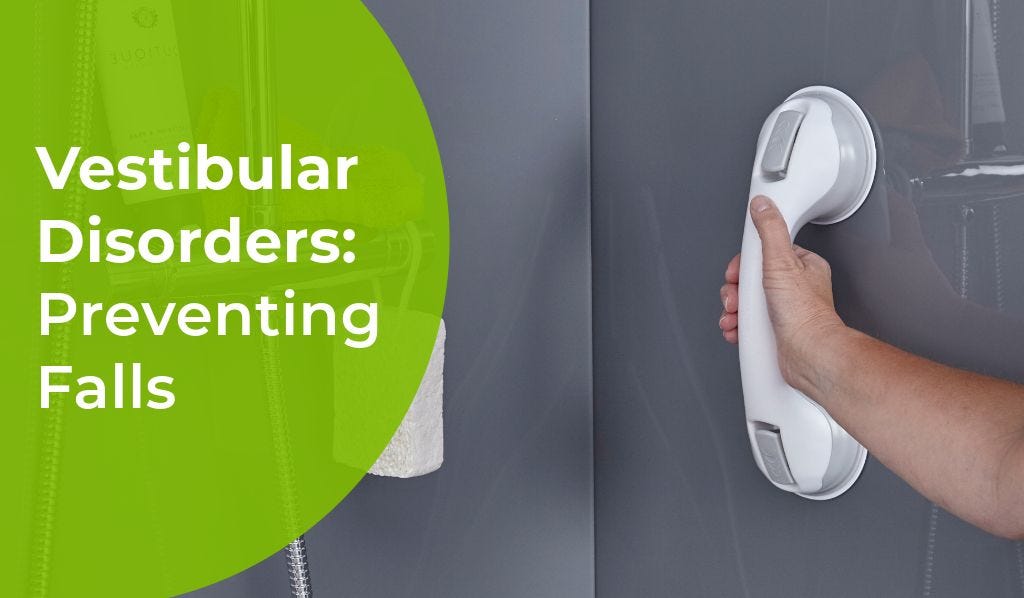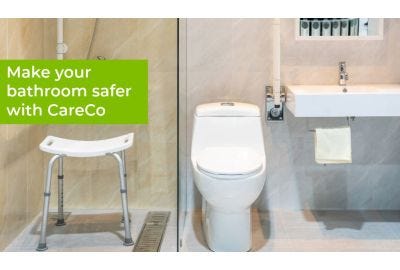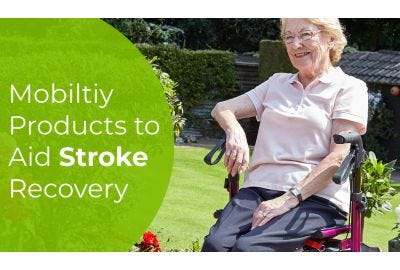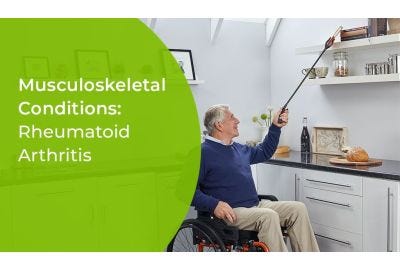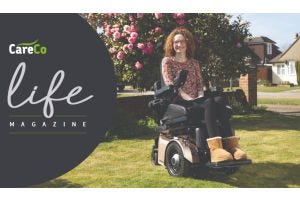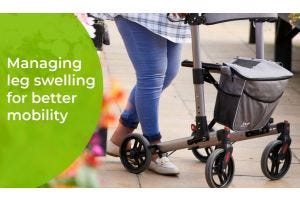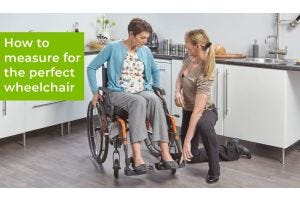The vestibular system is a complex sensory system that controls our balance and sense of orientation. This system is connected with the organs of the inner ear and the central nervous system. As with any complex system, there are plenty of places for things to go wrong, and vestibular disorders become increasing common as we get older.
Studies suggest that about one in three over-40s experience vestibular dysfunction at some point, while dizziness affects four out of five over-65s. Critically, the same studies found that the risk of people falling at home is 12 times higher for those with vestibular disorders than for those without.
Types of vestibular disorders
Vestibular disorders are classified according to where the problem is in your vestibular system and they fall into two categories. Peripheral vestibular disorders (PVD) affect the inner ear or the vestibular nerve that carries balance signals to your brain. Central vestibular disorders (CVD) impact parts of your brain that process balance signals from your peripheral vestibular system.
There are more than 20 different types of vestibular disorders. We will not go into them all in detail here, but some of the most common are as follows:
- Benign paroxysmal positional vertigo (BPPV) is a short-term inner ear disorder that triggers a spinning sensation whenever you move your head.
- Ménière’s disease is a chronic inner ear disorder that leads to recurrent episodes of vertigo, hearing loss and tinnitus. Symptoms tend to worsen over time and may lead to permanent hearing loss and ongoing balance issues.
- Vestibular neuritis is a viral disorder affecting the inner ear whose symptoms include sudden, severe vertigo, dizziness, balance problems, nausea and vomiting.
- Labyrinthitis is inflammation of the labyrinth, a part of the inner ear. The condition can include debilitating symptoms including persistent vertigo. Left untreated, it can lead to long-term balance problems and hearing loss.
Symptoms of vestibular disorders
The most common symptoms associated with vestibular disorders are feelings of dizziness, disorientation and vertigo, which is the feeling that you or your surroundings are spinning.
Other symptoms vary depending on the type of vestibular disorder, but they can include the following:
- Difficulty standing or sitting upright
- Inability to walk in a straight and steady pattern
- Hearing loss
- Tinnitus (ringing in the ears)
- Nystagmus (uncontrollable and irregular eye movements)
- Blurred vision
- Nausea and vomiting
- Lack of concentration and inability to focus
Living aids to help fall prevention when you have a vestibular disorder
Fall risk is much higher for people with vestibular disorders, as loss of balance can occur without warning. As well as the associated risk of injury, people with a vestibular disorder have an increased fear of falling, which can be just as debilitating, leading to loss of independence, social isolation and anxiety.
Having the right mobility and living aids is key to living a full and rewarding life when you have a vestibular disorder. Exact needs will depend on the type of disorder and its severity, but the following aids and gadgets are likely to be useful:
A cane or walking stick – this provides extra support while walking and reduces the fear of falling, making you more confident about going out and taking regular exercise. Canes and sticks come in a range of styles and colours, including fun folding canes that look fashionable and can easily be tucked out of the way when not in use.
A rollator – perfect for more serious mobility symptoms, the rollator provides more support than a stick. Some rollators also feature a seat so you can pause and take a rest if you suddenly feel dizzy or unstable.
Grab rails – most falls occur in the home. Consider installing grab rails strategically throughout the house, especially in higher risk areas such as on stairs or in the bathroom. As well as reducing the risk of a fall, they provide peace of mind, especially if you live alone.
Bathroom aids – more falls occur in the bathroom than anywhere else in the house. It is also the room where we are naturally most reluctant to ask for help. There are numerous bathroom aids that can help people with vestibular disorders to stay safe without compromising their dignity. These include raised toilet seats, shower seats, non slip mats and more.
Grabbers – Reaching up or bending down often exacerbates the symptoms of vestibular disorders, triggering dizziness or vertigo. Have a grabber close to hand, it’s ideal for everything from reaching objects on high shelves to retrieving the TV remote when it falls on the floor.
Living with a vestibular disorder
Vestibular disorders become increasingly common as we get older, due to age-related changes in the middle ear and central nervous system. The symptoms can be frightening, but there is nothing to prevent people with these disorders from leading independent and happy lives.
The living aids we have mentioned above can certainly help in this regard. But it is also important to consult a doctor or other medical practitioner if you are experiencing the symptoms of a vestibular disorder. They will be able to diagnose the root cause, and might also recommend medication or therapy treatments that can control the condition or manage the symptoms.
The Vestibular Disorders Association also provides a wealth of information about the condition and various coping mechanisms.


 Price Match Promise
Price Match Promise
 Next day delivery, 7 days a week
Next day delivery, 7 days a week
 Nationwide Showrooms
Nationwide Showrooms
 Rated Excellent
Rated Excellent
